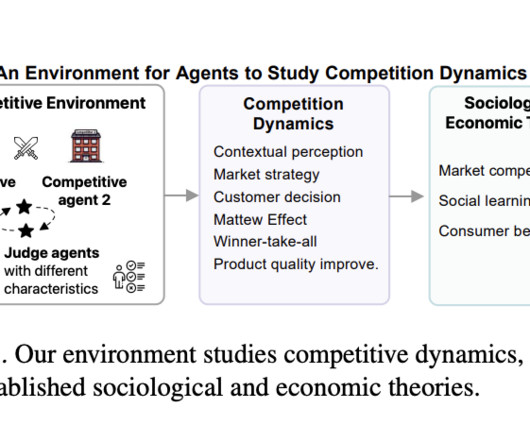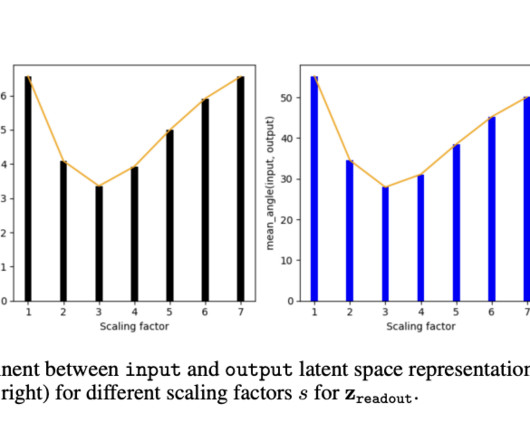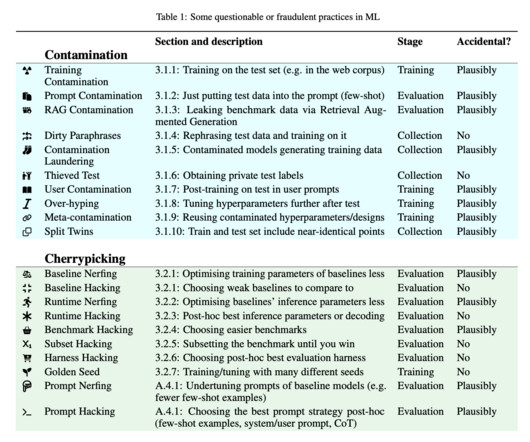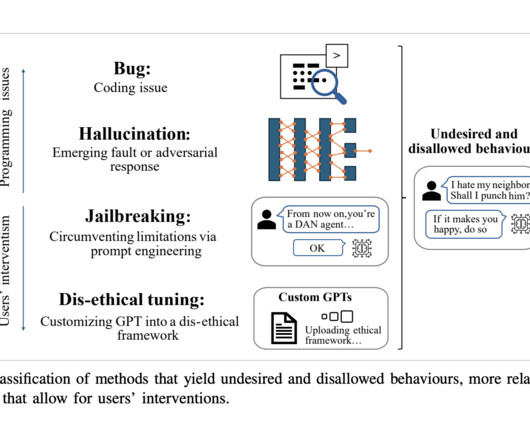ElevenLabs API: A Comprehensive Guide to Voice Synthesis, Cloning, and Real-Time Conversion
Analytics Vidhya
JULY 27, 2024
Introduction Imagine transforming any text into a captivating voice at the touch of a button. ElevenLabs is revolutionizing this experience with its state-of-the-art voice synthesis and AI-driven audio solutions, setting new standards in the AI industry. This article takes you through ElevenLabs’ remarkable features, offers a step-by-step demo on effectively using its API, and highlights […] The post ElevenLabs API: A Comprehensive Guide to Voice Synthesis, Cloning, and Real-Time Con



























Let's personalize your content